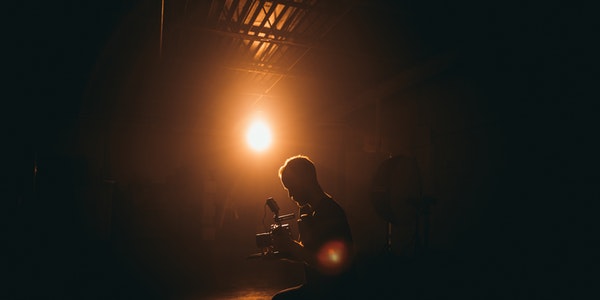Portrait photography is a kind of photography in which static or dynamic people are taken as subjects, and their appearance and mental outlook are emphasized, thereby directly expressing people. As one of the most common photographic subjects, what should we pay attention to in the process of learning?
Table of Contents
1. What is the key to the success of portrait photography?
What is portrait photography?
All subjects that involve characters but take characters as the main body belong to the category of portrait photography.
Since the birth of photography in 1839, people have always been the most important subject in the art of photography, and the key to the success of inductive portrait photography lies in “both form and spirit.” In real life, everyone’s appearance and personality characteristics are different, and their mental outlook is ever-changing.
A photo of a person, if it captures the subject’s look and emotions, but does not perform well, it cannot withstand close scrutiny and lacks the artistic expression that it should have; on the contrary, if the appearance is similar, but the look and emotion are not. Scribing, the character performance is bound to be dull and lacking in flavor.
Therefore, portrait photography should not be limited to shooting images, but should focus on the subject’s appearance and avoid weaknesses to highlight the beauty. In order to better convey and depict the spiritual outlook of the characters through the appearance, so that the characters in the photo look more beautiful, more vivid, and more energetic than the real subject. Only when it is “like in shape” first can it be vivid.
In order to make portrait photography meet the requirements of “both body and spirit”, photographers should not only master the camera use technology correctly, but also observe excellent photographic works and learn relevant photography knowledge, and often carefully observe various characters in life. Think hard and develop quick thinking and judgment skills. So that in the practice of portrait photography, you can have a distinctive eye, deliberately seek novelty, choose the subject without losing the opportunity, and capture the typical and vivid moments of the subject, and take pictures of lifelike characters.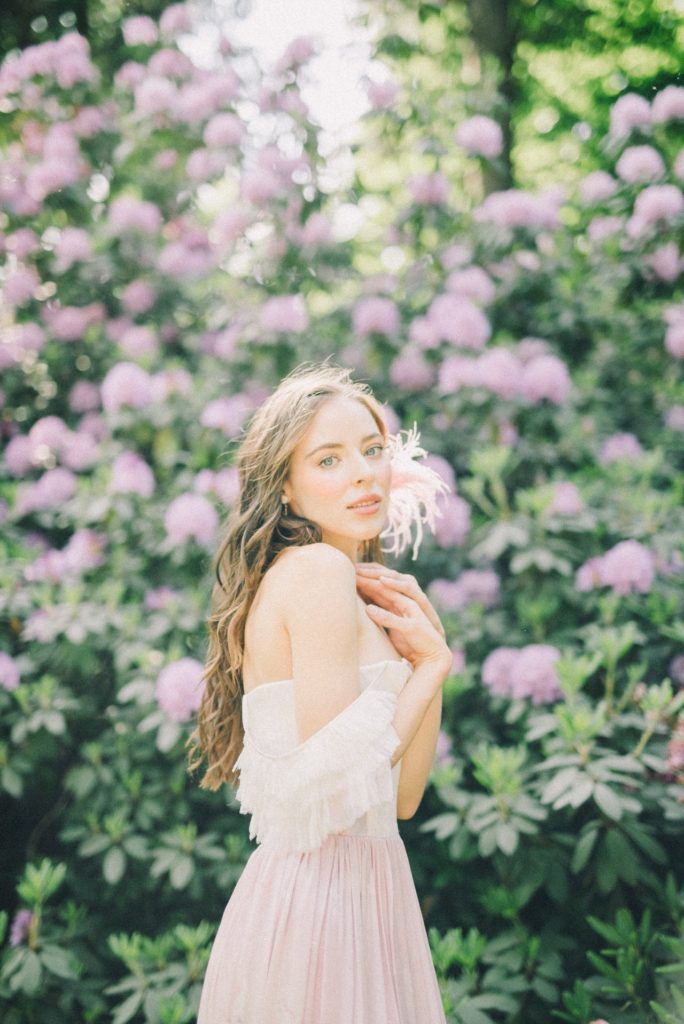
2. How many shooting methods are there for portrait photography?
The shooting methods of portrait photography are nothing more than posing, snapping, and a combination of posing/grabbing. Each has its own characteristics and requirements, but also interacts and cooperates with each other to form an indispensable modeling technique for portrait photography.
(1) Posing
That is to say, during the entire shooting process, the subject is always fully aware that someone is taking a picture of himself, so that the photographer can have more time to complete the shooting after preparing for the shooting and placing the subject at the mercy. Therefore, this shooting method is often used for portrait photos, portrait photos, advertising photos, etc. But under the circumstance of mercy, the photographer should do everything possible to relax the subject’s mind in order to cooperate with the shooting.
(2) Snapshot
That is to say, during the entire photography process, the subject is not allowed to know that someone is taking a picture of himself, and the photographer directly captures the typical and vivid moments of the person’s activities. When shooting in this way, the composition and lighting may be unsatisfactory, but the subject being photographed is in a state of unrestrained activity, with a more natural look and behavior.
But photographers need richer life experience and keen eyesight. They are good at capturing the most typical, perfect, and most eye-catching moments of the subject in the fleeting activities of various characters, and press the shutter in time.
(3) Combination of posing and snapping
That is to say, during the whole photography process, although the subject knows that someone is taking a picture of himself, the exact shooting time is not informed, so that the subject’s attention is still focused on the things they are engaged in, and the photographer can have a certain degree of Time, choose the best angle and light, and after a smaller range of adjustments and manipulations, press the shutter at an appropriate time. This shooting method takes into account the advantages of both posing and snapping.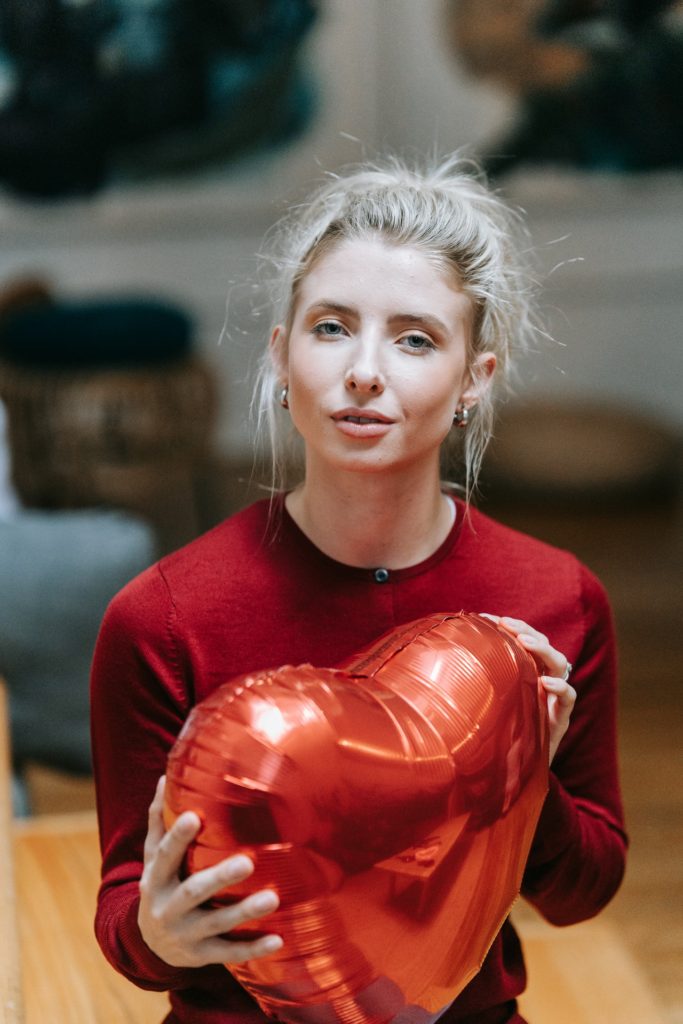
3. Which camera should I choose for portrait photography?
Although general cameras can be used for portrait photography, their performance and features vary depending on their model and structure. How to choose a camera for portrait photography? Usually, it can be considered from three aspects: the purpose of photography, personal hobbies and economic conditions.
(1) Photography purposes
This refers to the scope of use of the camera. Beginners who just want to take family photos, personal commemorative photos of the whole body and half of the body, etc., can easily deal with it by buying an ordinary entry-level digital SLR. This type of camera is generally equipped with a kit lens, which can basically control most portraits.
If you plan to use the camera for character art creation, you should consider buying a full-frame SLR or mirrorless camera. This type of camera has excellent performance and better picture quality, and can be used to take photos of various subjects such as full-length, half-length, and specific avatars.
(2) Personal hobbies
Every photographer has different hobbies, some like full-frame (135) cameras, and some like medium-format (120) cameras. These two types of cameras have their own strengths and characteristics. Generally speaking, full-frame cameras are small and exquisite, easy to carry, convenient to use, and relatively low cost. Due to the large size of the negative film, the medium-format camera has a relatively more delicate and soft picture, which can easily make the character’s face show the effect of rich layers and real texture.
(3) Economic conditions
On the market, there are many camera models with different functions and different structures. Although the basic performance is roughly the same, the prices are quite different from each other. When purchasing a camera, you must consider its price to adapt to your own economic conditions. Under normal circumstances, buying a mid-range camera can be suitable for all kinds of portrait photography.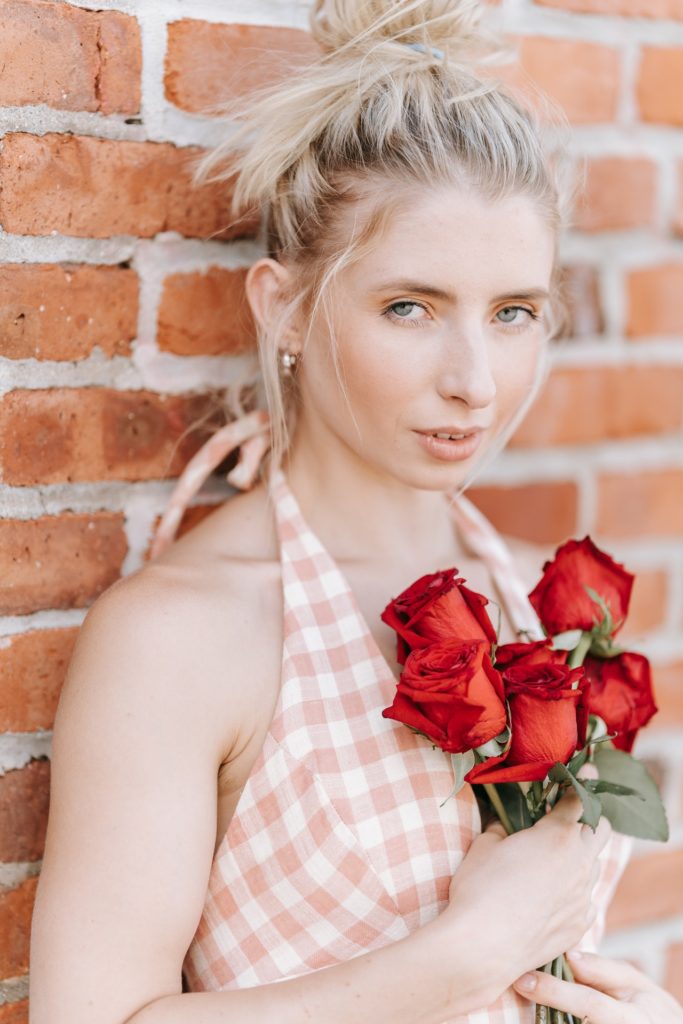
You must realize that the quality of the camera is not necessarily related to the quality of photos of people. Using a high-end camera does not guarantee that every picture is of good quality. Using a normal camera, you can also take high-quality photos of people. The important problem is that you must be familiar with the structure and performance of the camera, and be able to master the operation technology proficiently.
4. Which lens should I choose for portrait photography?
Although the various lenses of the camera can be used for portrait photography, strictly speaking, the lens for portrait photography should have the following optional requirements:
(1) Imaging
The image quality of a portrait photography lens requires a clear image and a soft effect. Because portrait photography generally focuses on the expression of the face, the image quality of the lens should be able to meet the requirements of rich layers, real texture, full details, and moisturizing skin.
(2) Focal length
Everyone’s most common standard lens (50mm) is only suitable for taking full-body or half-body photos. If it is used to shoot half-length portraits or close-up portraits, the distance will often cause the perspective distortion of the portrait images, and some lenses cannot be brought into a clear focus if they are taken at close to the specified minimum shooting distance.
Therefore, to shoot avatars or close-ups, it is necessary to use a medium-focus or telephoto lens, whose focal length generally needs to exceed the standard lens by 1-2 times. Taking a full-frame camera as an example, the focal length of the lens should be above 105mm. In this way, the distance between the camera and the person can be maintained at least 1.5 meters, which not only makes the focus clear, but also avoids deformation such as big nose and small ears.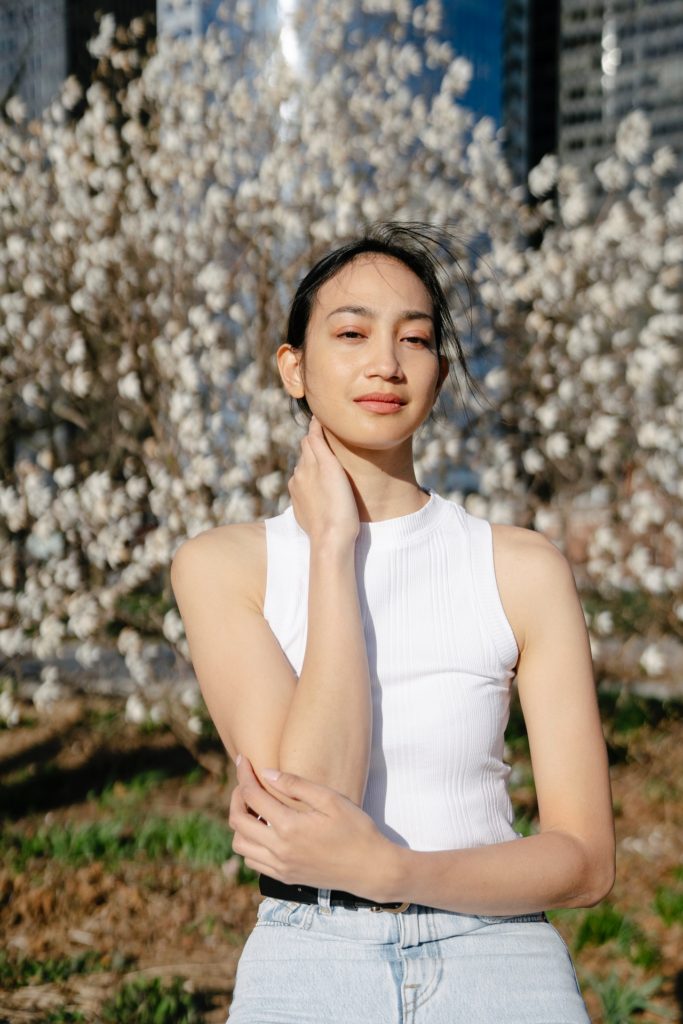
(3) Aperture
To shoot close-ups of busts and headshots, the larger the maximum aperture of the lens, the better, so that there is enough space to make the subject clear, the background is slightly blurred, and the perspective of near and far space is enhanced to highlight the subject. In addition, the lens has a larger aperture, so you can still use a faster shutter speed when shooting in a slightly darker light without a flash.
5. What photographic equipment and accessories should I bring when I go out to take portraits?
The principle of consideration for the photographic equipment to be carried for outdoor portraits is “lightweight + efficient”.
(1) Photographic equipment
You can take pictures of ordinary life with a mobile phone. But if you are going to further engage in portrait photography creation, SLR (micro-single) is a must-have option, coupled with a standard 24-70mm zoom. One machine with one lens adapts to the needs of photography and can reduce the size of the equipment. Or, while using the original standard lens of the camera, it is also possible to configure a wide-angle lens and a medium-focus lens at the same time to facilitate emergency.
(2)Necessary Accessories
No matter what camera you are carrying, the lens hood, related filters and tripod are best equipped. If conditions permit, you can also bring a small electronic flash or self-made reflector for auxiliary lighting. In order to keep the camera and lens clean at all times, you should bring lens paper and lens brush. It is ideal if you can bring a blower. The most important thing is a suitable camera bag, which can well protect your camera lens, hold more necessary accessories, and reduce your burden.
6. What are the basic principles of portrait photography composition?
The composition of portrait photography should be based on the requirements of the subject, simplifying and excluding everything that has nothing to do with the subject, and placing the main character in the dominant position. This dominant position should not be in the center of the picture, because it seems to divide the picture into two halves, appearing dull, blunt, and lacking in artistic expression.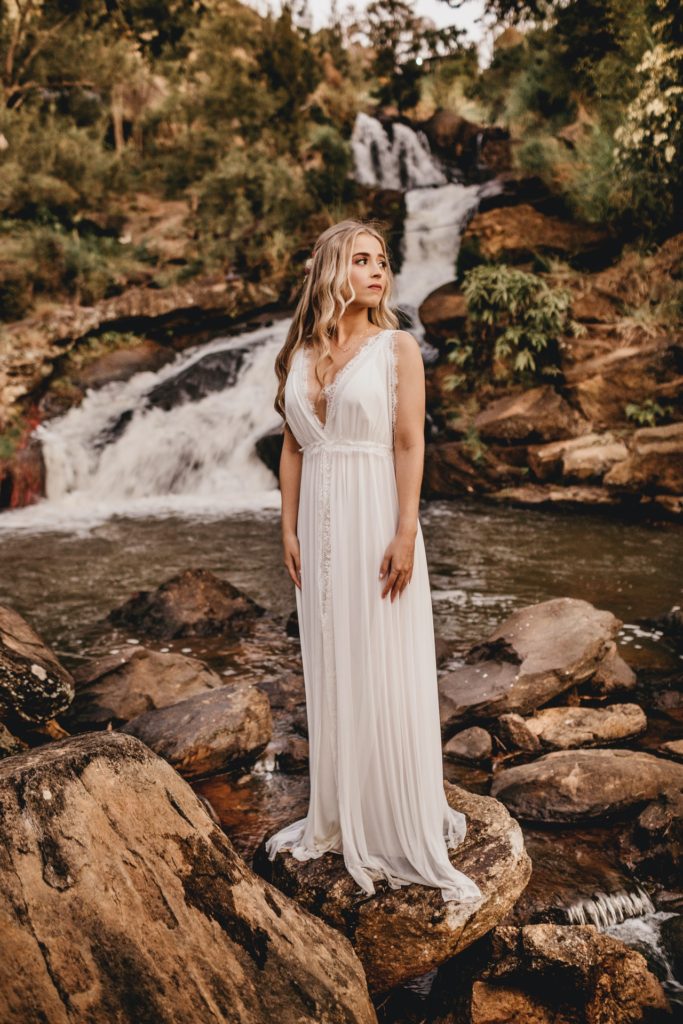
Usually, the main character can be arranged on the aesthetic point of the golden section. The so-called golden section is one of the composition rules of plastic arts, that is, a line segment is divided into two parts, so that the ratio of the larger part to the whole is equal to the ratio of the smaller part to the larger part, and the ratio is 1:1.618.
It is necessary to draw two straight lines horizontally and vertically on the photographic picture, so that the picture is roughly divided into nine grids, and the four intersections formed by these four straight lines in the picture are taken as the golden section. Generally speaking, these four intersections are recognized as having aesthetic value. No matter which one of them, it is an ideal position for arranging the main character. Because this position not only changes, but also has a sense of stability and comfort, which meets people’s aesthetic requirements.
In addition, you must also pay attention to the arrangement of characters and other sceneries. Sometimes, in addition to making appropriate arrangements for the position of the main character, it is often necessary to use another character and scene to play a role of cultivating or balancing. With regard to photos of dynamic characters, such as toddlers, bicycle races, etc., leave more blank areas in front of the dynamic characters so that there is room to stretch forward, so as to conform to the usual habit of observing things.
7. How to master the picture balance in portrait photography?
Equilibrium is a concept in mechanics. When applied to portrait photography composition, it means that the subject in the picture is in a relatively balanced state, so that the photo of the person can be visually stable and comfortable. In order to master the picture balance of portrait photography, generally pay attention to the following aspects: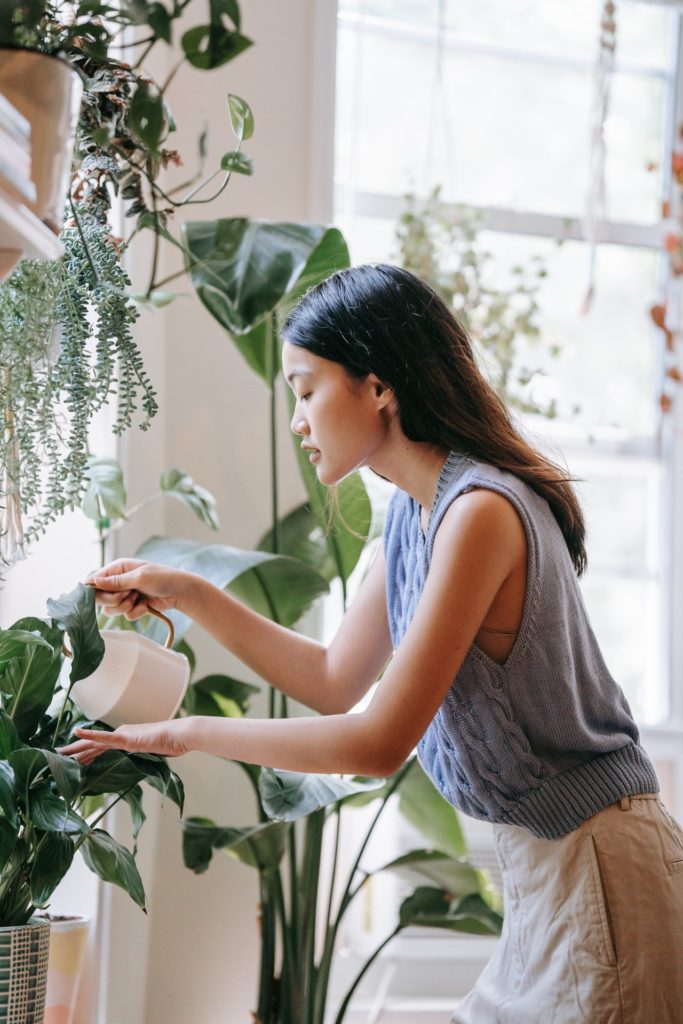
(1) The character’s head and face
The head and face of portrait photography, visually, the face is heavier and the back of the head is lighter. Therefore, when shooting a profile image, the image needs to be rearward, and there is even no space behind the back of the head, so that the space in front of the face is larger than the back of the head. In this way, it can not only give the face’s line of sight to stretch out, but also maintain the balance of the weight of the picture. But there are also some themes that express the plot of “impulse force”. The space in front of the characters’ faces is smaller than the back of the head, so that the picture has a sense of weightlessness. This is a special location arrangement according to the needs of the subject.
(2) Subject aspect
In the inequality of portrait photography, the posture of the subject such as pitching, tilting or tilting often leads to the feeling of weightlessness and instability. For this reason, the subject’s own shoulders or hands and the props related to the theme can be used as “pads” to make the weightless subject play a stable role.
(3) Subject and foil
The subject of portrait photography with scenery as a foil, visually, the characters are more important, and the scenery is lighter. For this reason, the space occupied by the characters can be arranged smaller, and the space occupied by the scenery can be arranged larger to achieve a balanced picture.
(4) Light and shade
In portrait photography composition, the visual importance of lightness and darkness is also different. Generally, dark colors are more important, and light colors are lighter. Generally, a small area of dark block surface can be balanced with a large area of gray or light block surface. If a certain part is too deep or too shallow, and the weight is not coordinated enough, you can choose a light-colored scenery as a “liner” for the part that is too deep. You can also choose a dark scene as a “liner” in the part that is too light.
However, we must pay careful attention to the fact that there must be a certain degree of contrast between the deep and light scenes in order to increase or decrease the weight and balance the picture.
(5) In terms of color
Different colors have different visual components. Generally, warm colors and bright colors are heavier, and cool colors and dark colors are lighter. The law of balance should also be based on the warm or bright color of the small surface corresponding to the cool or dark color of the large surface. For example, around a small area of a character’s face, a warm color can be arranged with a larger area of cool color. When taking photos of warm-tone people, you should make the facial skin color as bright as possible, and make the surrounding warm colors darker, so that it is easy to highlight the subject and make the picture more balanced.
